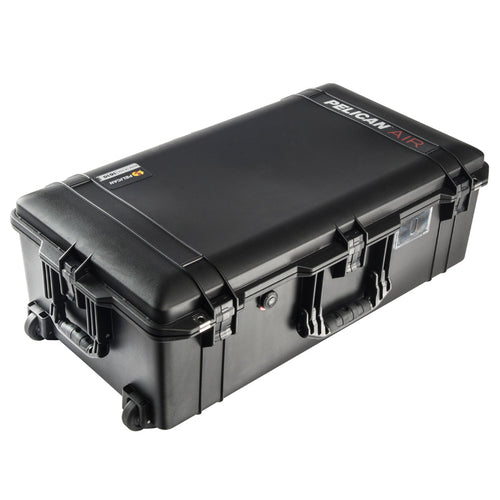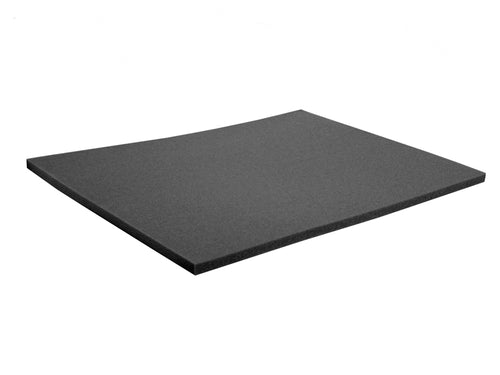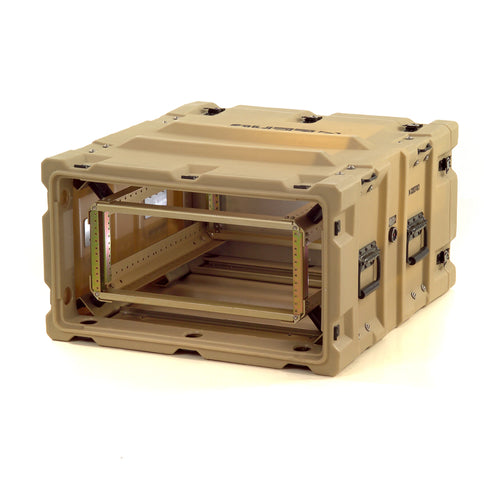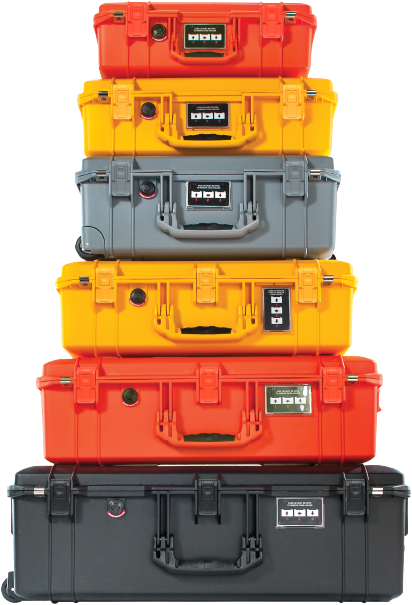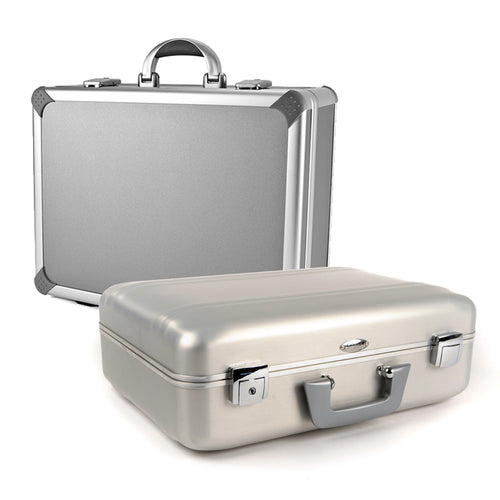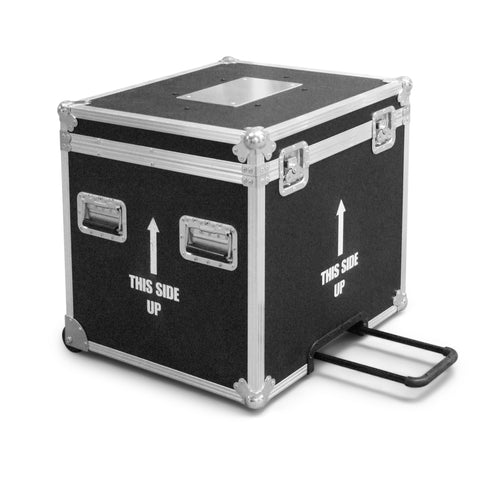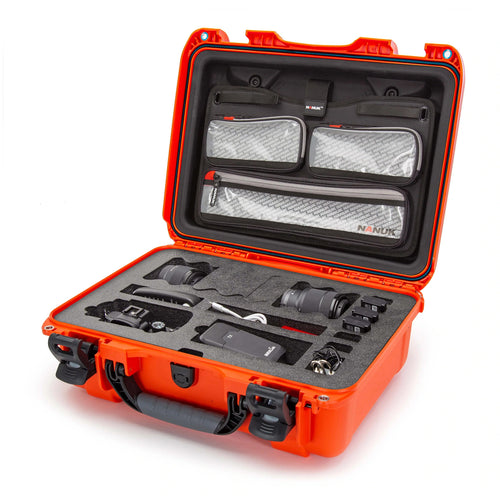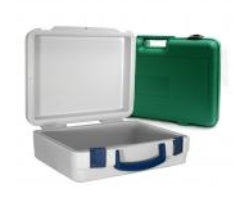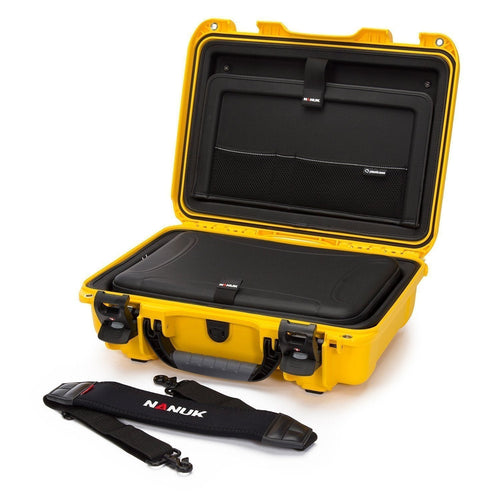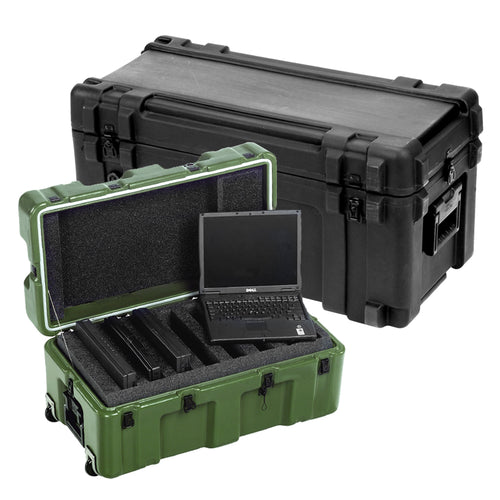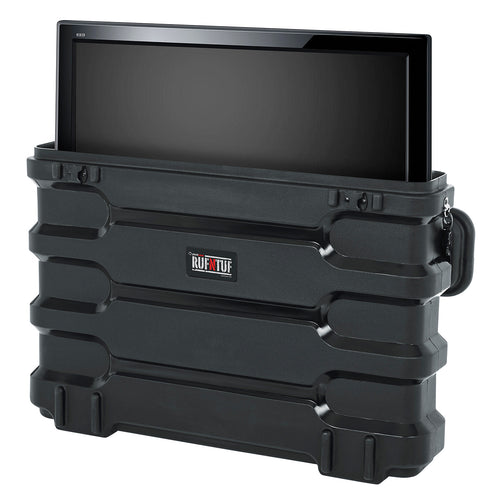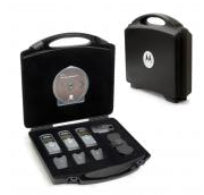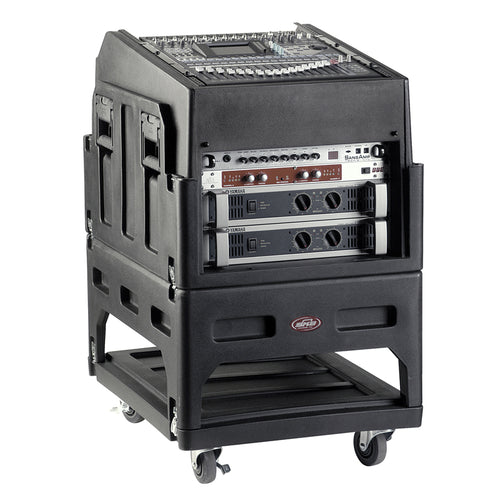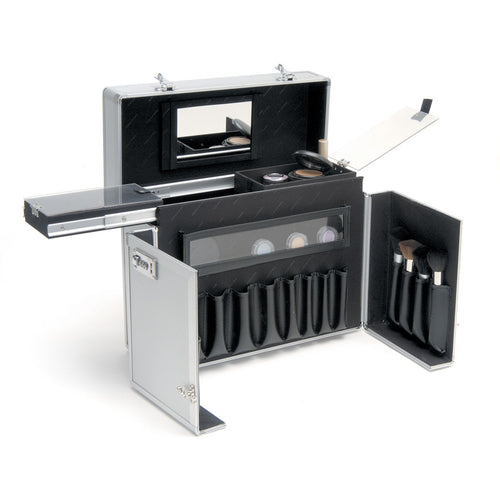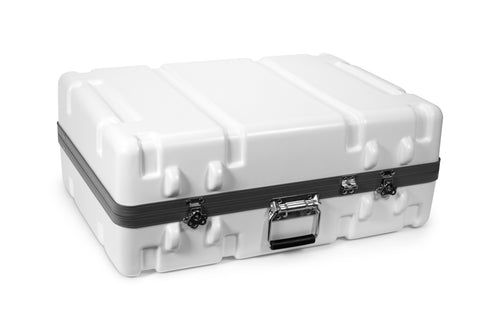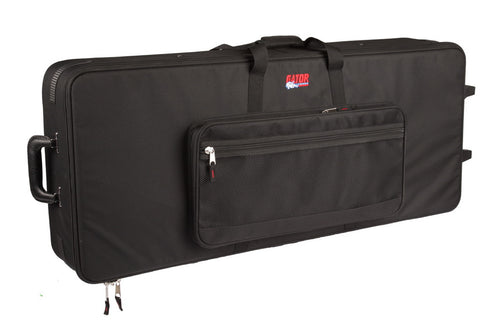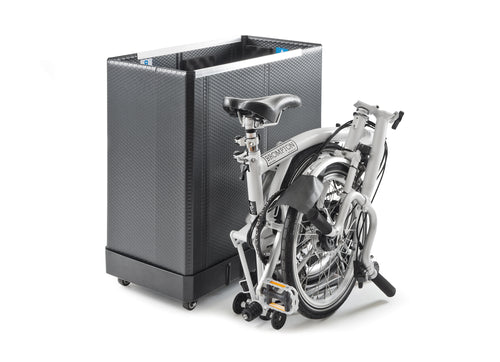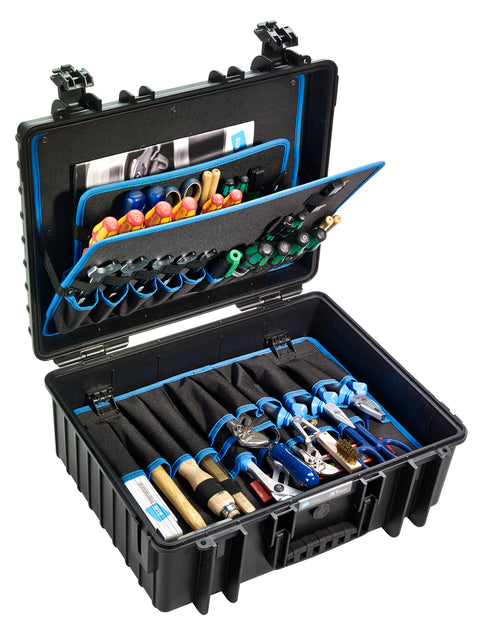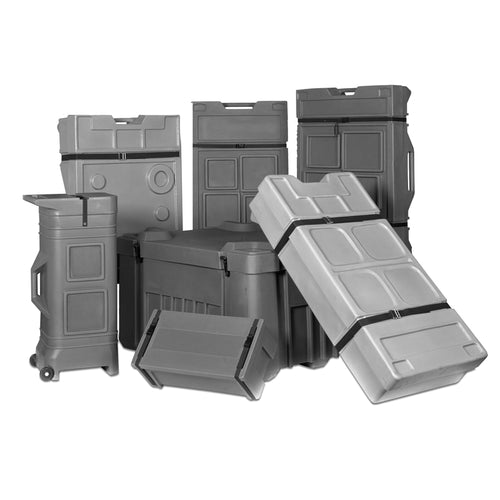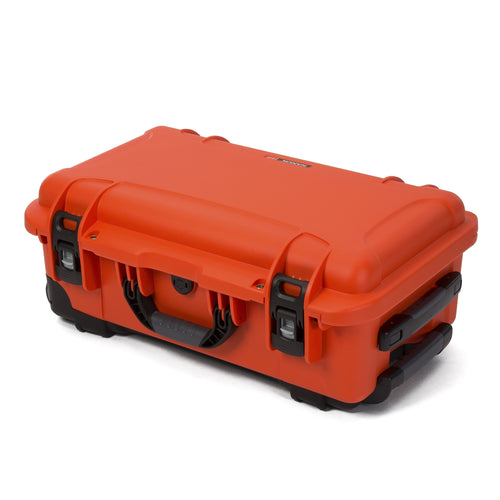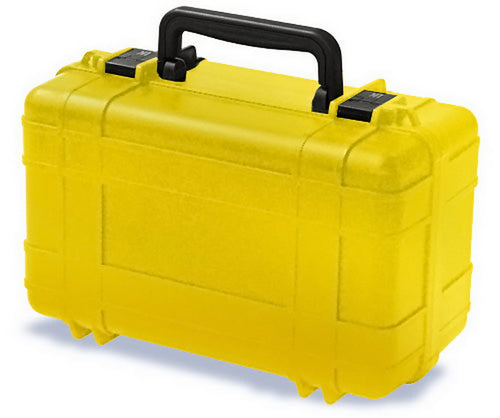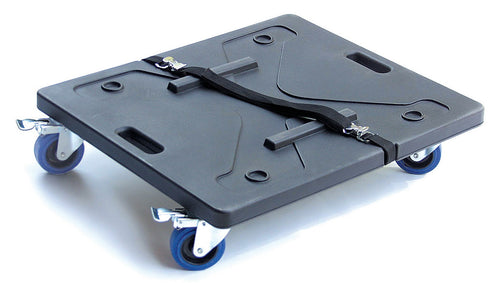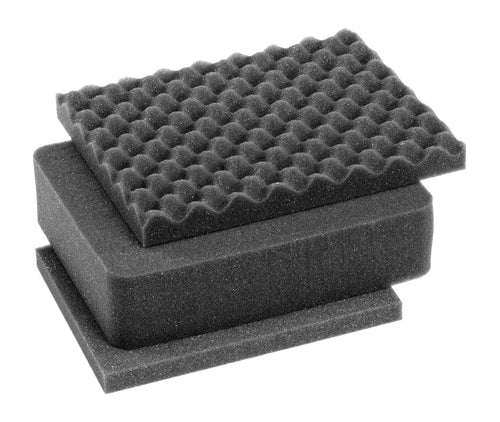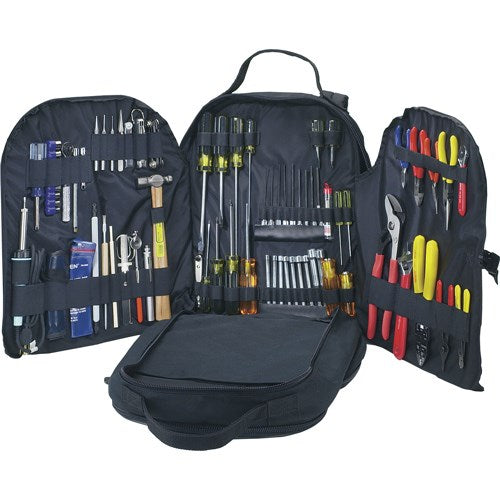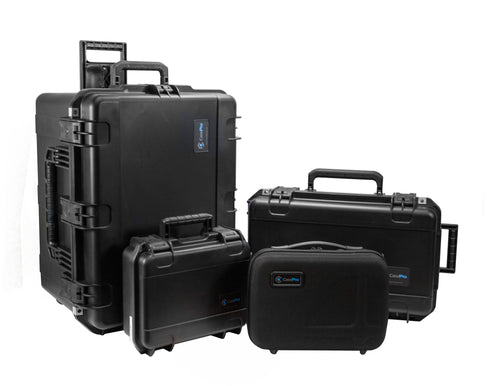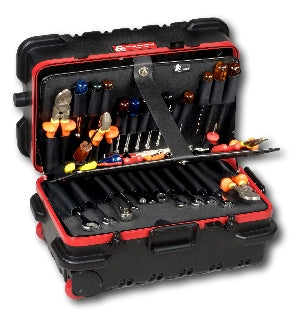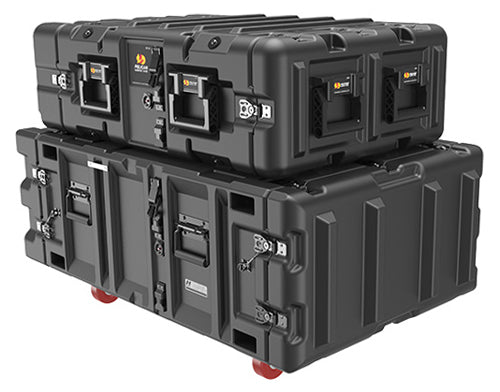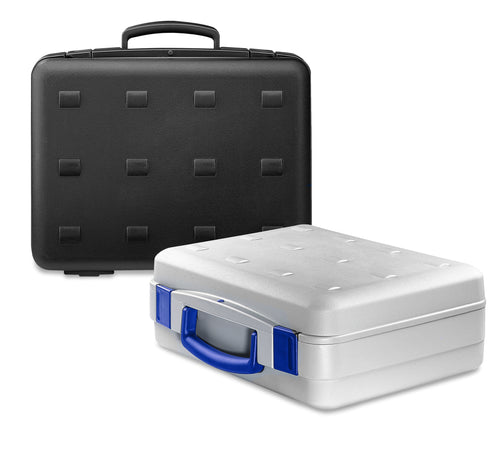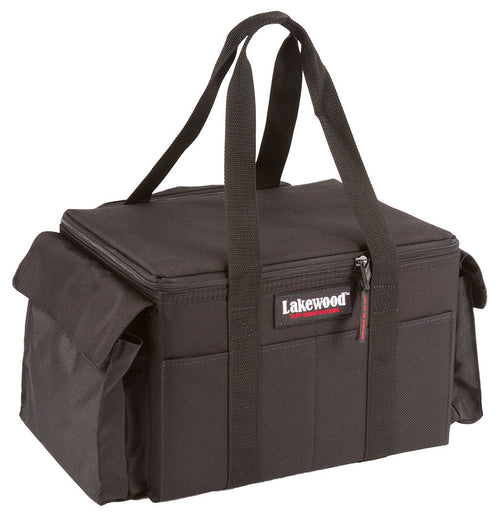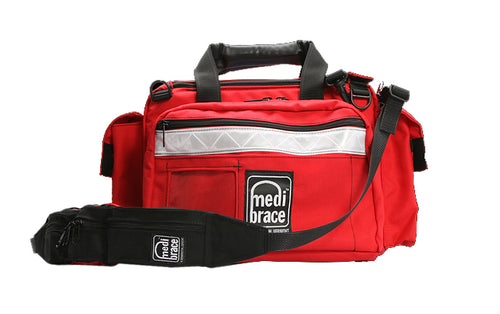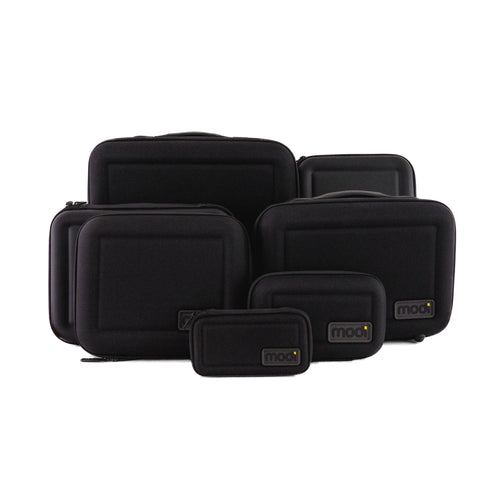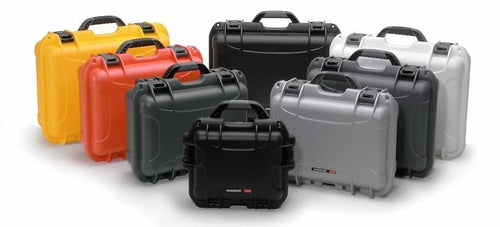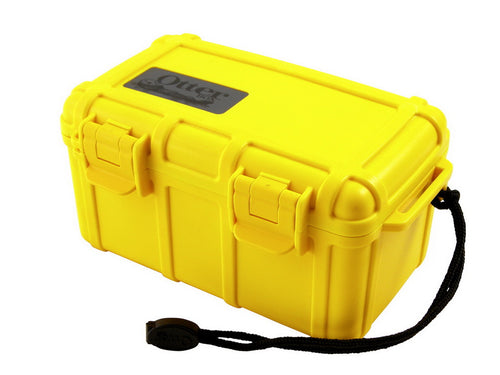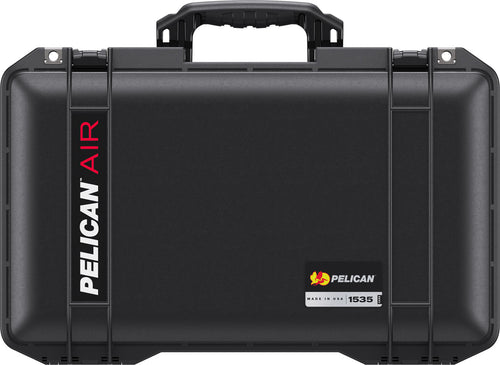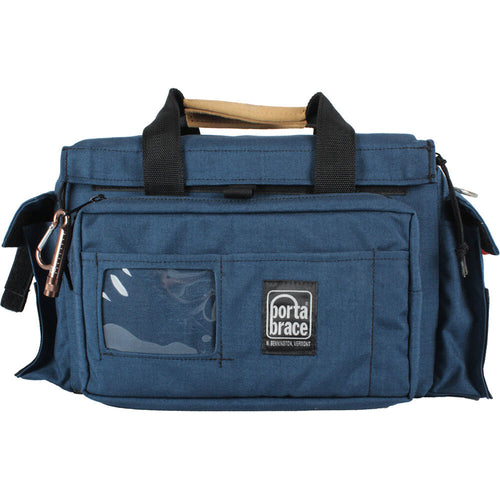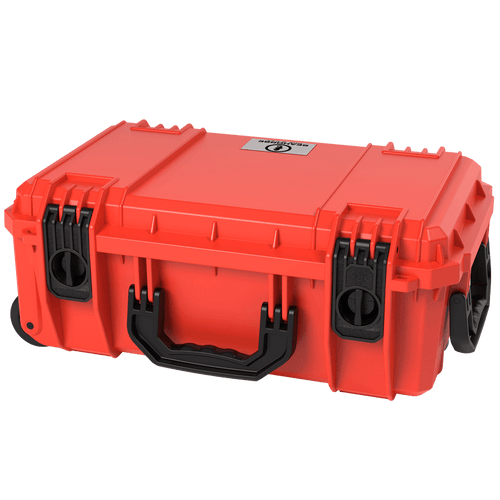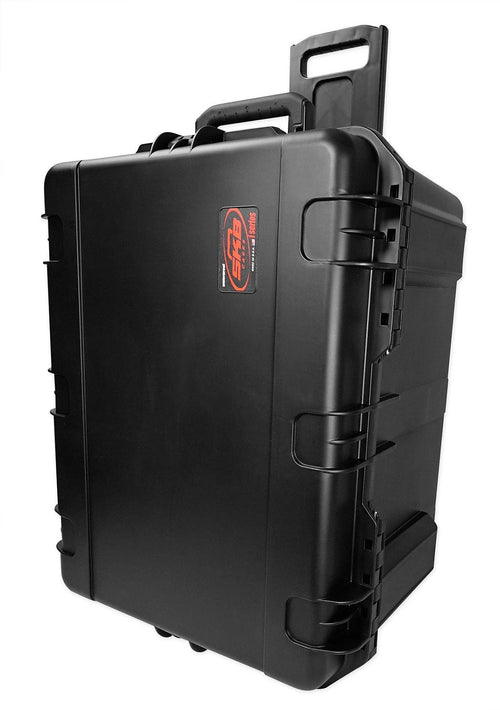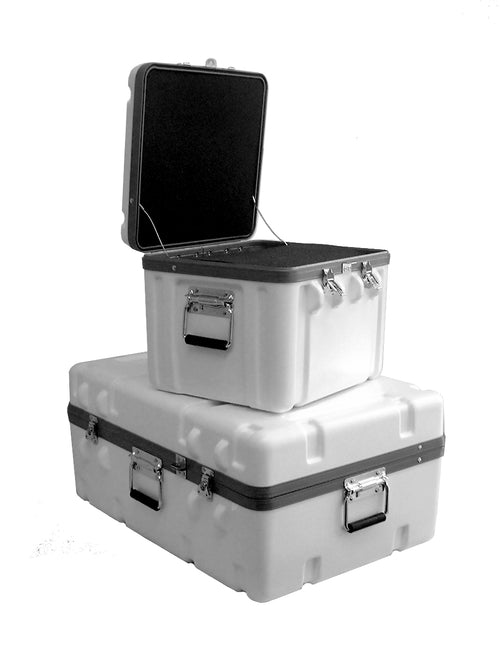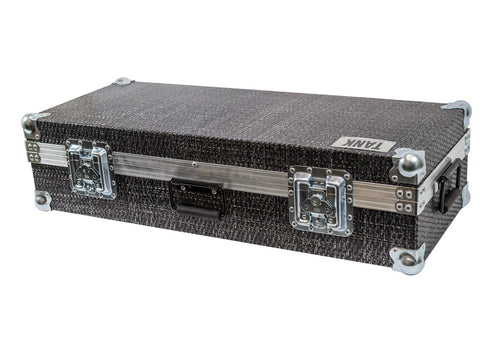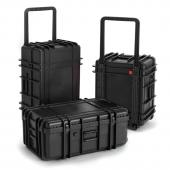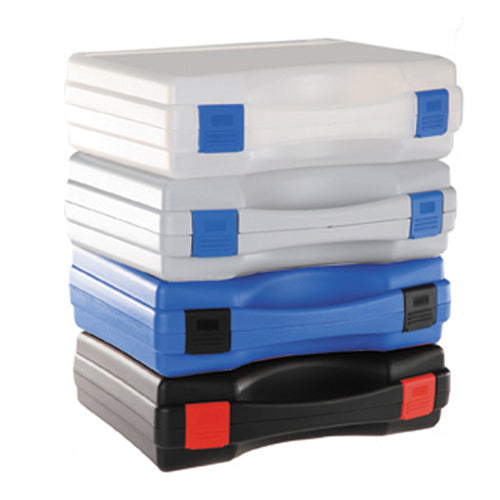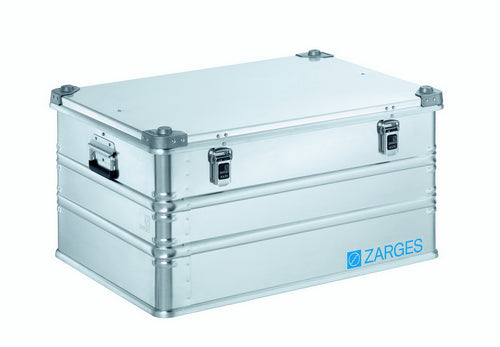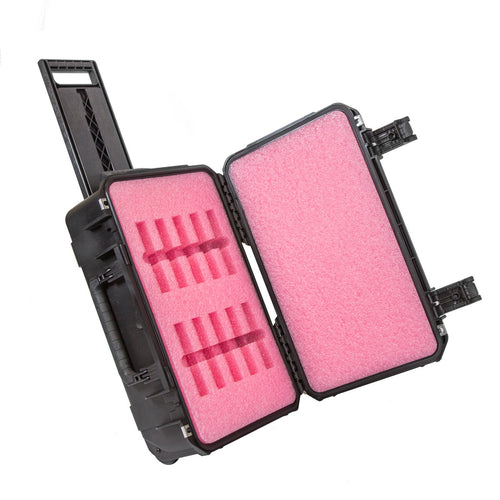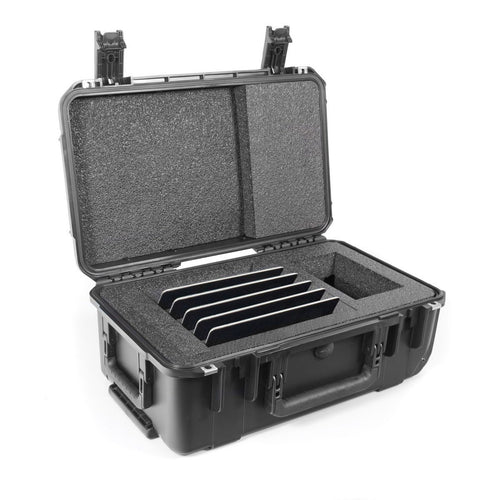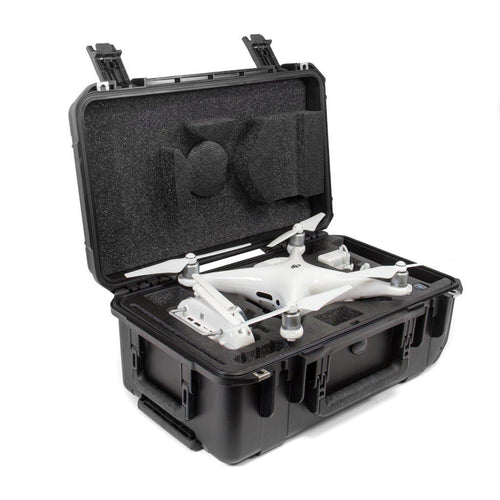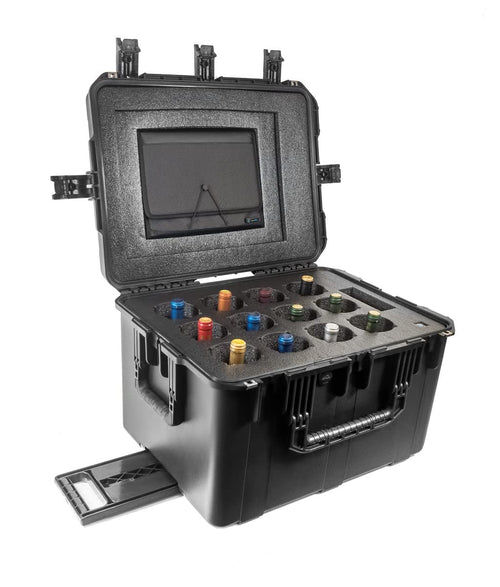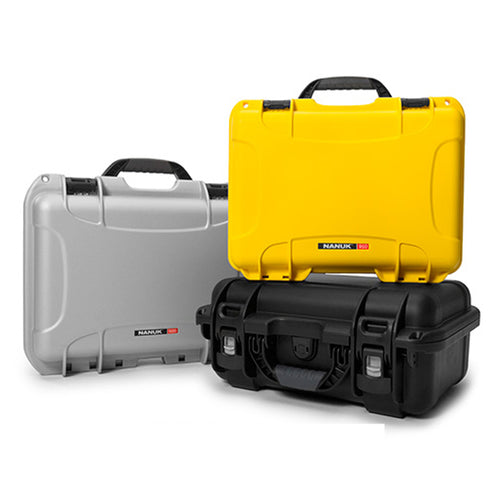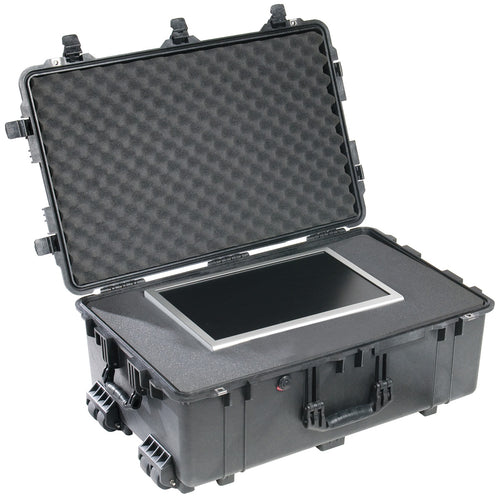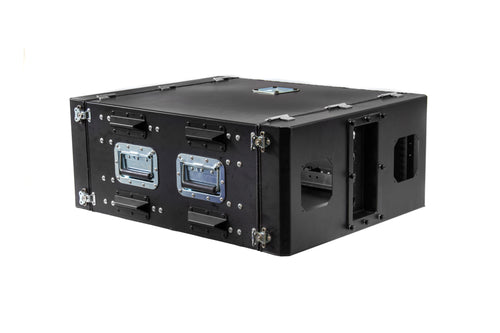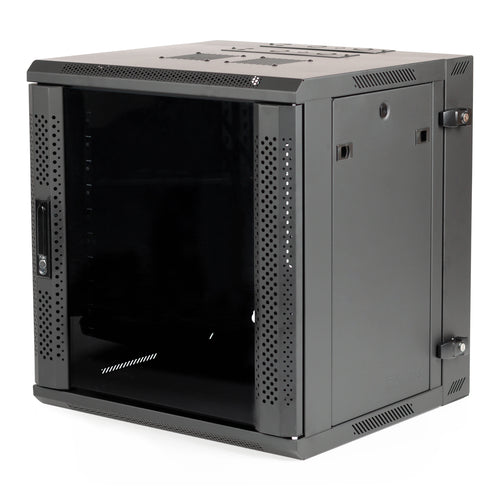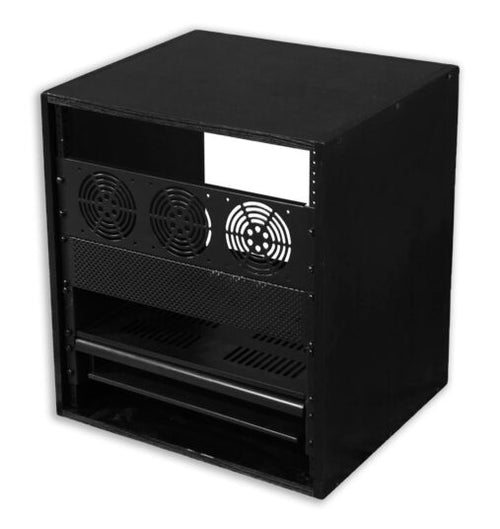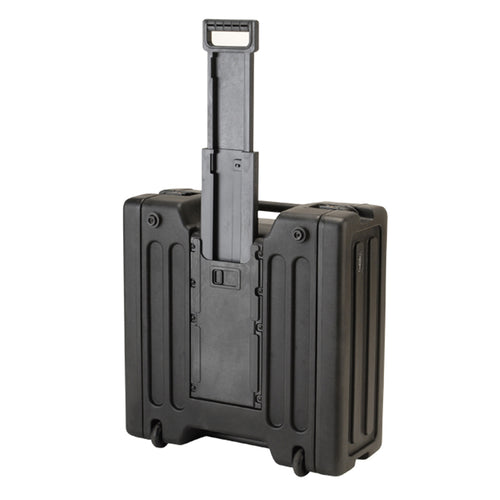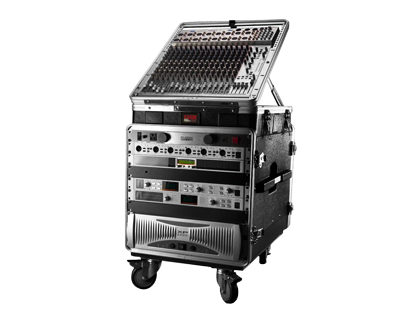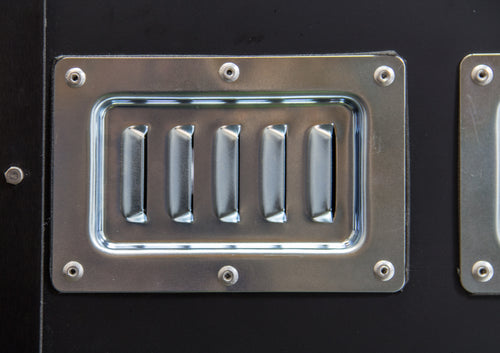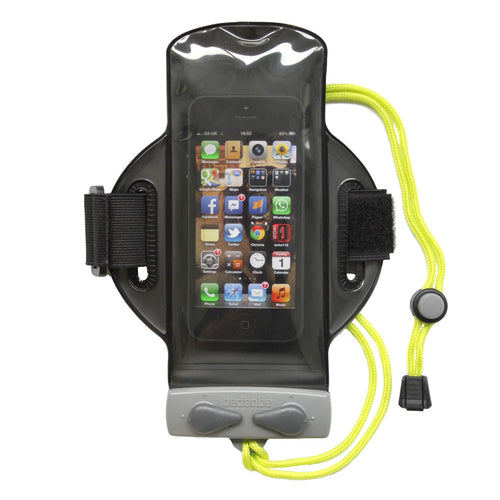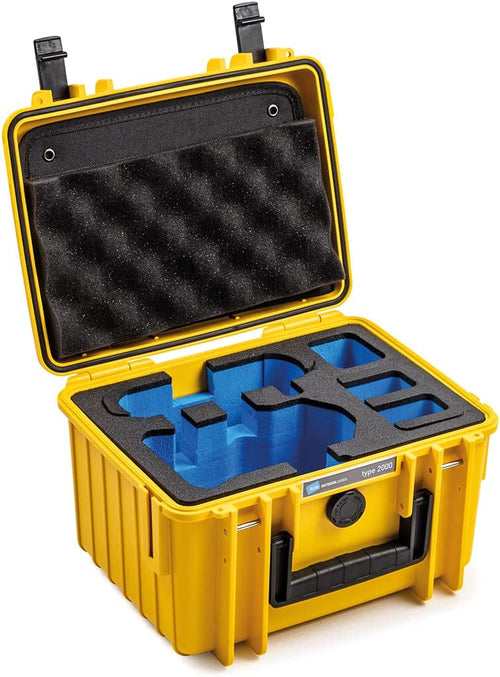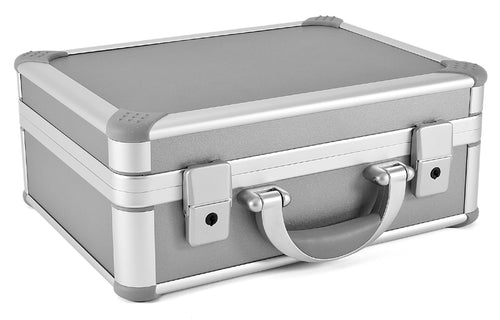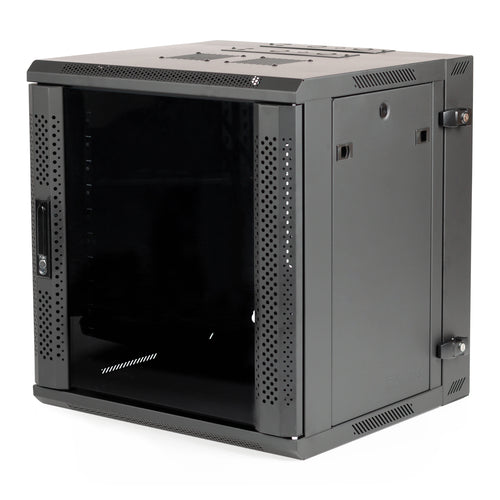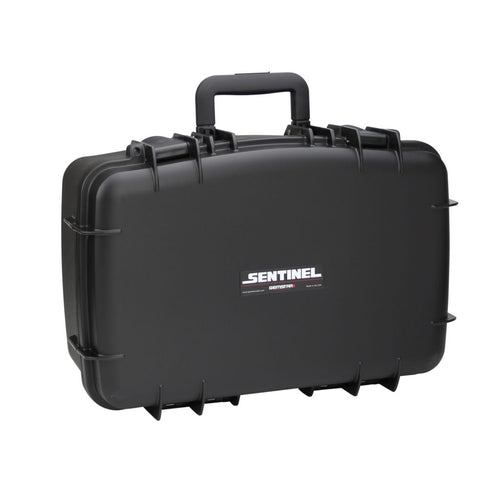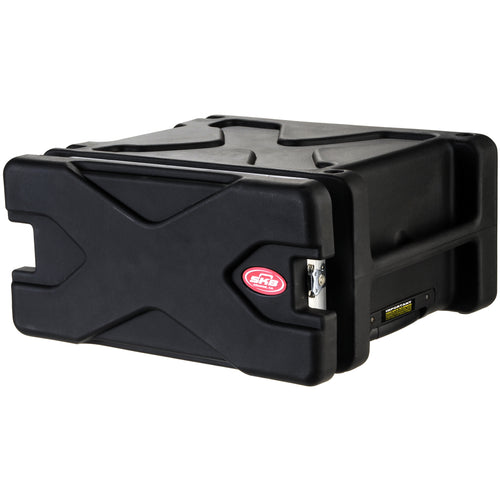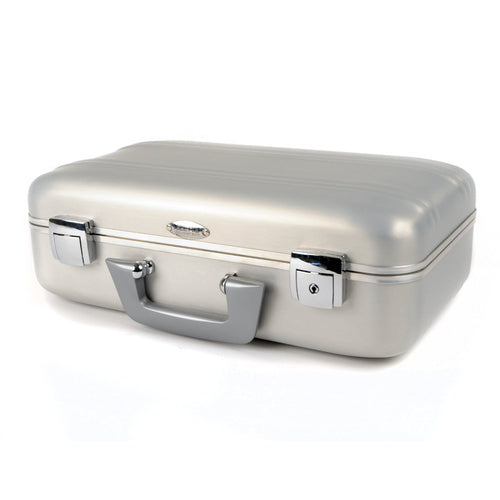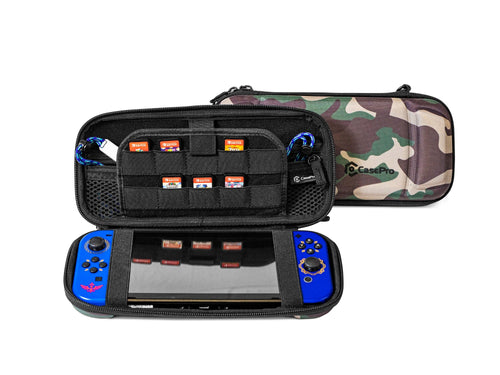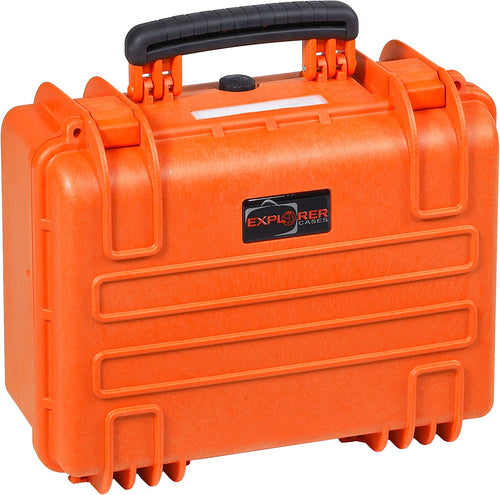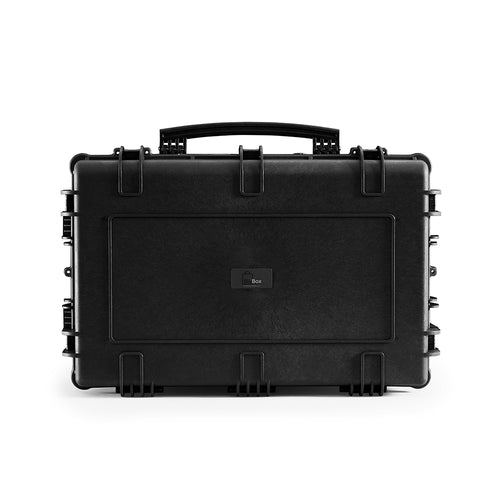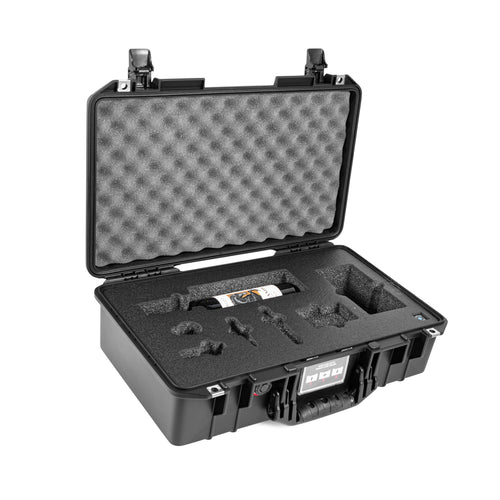FAQs
Are the measurements listed internal or external dimensions?
Unless otherwise noted, all dimensions are INTERNAL
How do I measure a case?
The case industry defines a case as having “left to right,” “front to back,” and “top to bottom” measurements: LxWxH, respectively. To determine the corresponding sides of the case, visualize the case laying flat with the hinge on the side furthest from you (as if you were packing a suitcase).
The height measurement is typically broken down into two proportions called “splits”: The measurement of the lid (H1) and the measurement of the base/bottom (H2) are added together to get the full case height. For example: if H1 equals 4” and H2 equals 11”, your case’s height would be 15”.

Length: The longest measurement, looking down on the case – left to right.
Width: The narrowest measurement, looking down on the case – front to back.
Height: The top to bottom dimension, broken into two measurements: The "lid" is designated as H1 and the "base" is designated as H2.
I just bought one of your cases with a combination lock, how do I set it?
1. With the locking latch open, push the release button (1) to the left and hold it down.
2. Continuing to hold the release button, set the number wheels (2) to your chosen combination. (Do not forget to note the combination you set)
3. Once you have set the numbers, let go of the release button and press closed the locking latch without turning the numbers. Press the release button again . If the combination has been set correct, the latch will pop open.
What does "MIL-SPEC" mean?
MIL-SPEC is short for Military Specifications. The U.S. government has established specifications and standards for the manufacturing of most products provided to the military. As a U.S. military and government vendor, we are observant and aware of these stringent specifications.
What does "ATA-Approved" mean?
To protect equipment and products shipped by air transportation, the ATA (Airline Transit Authority) sets standards (referred to as ATA 300) for packaging and cases.
What are the ATA Specifications?
Within the ATA 300 class for transport containers, there are two categories for reusable containers, and a third category for disposable containers. Following is each category’s specifications, and the durability definitions for each respective category.
ATA 300 requirements also require cases to meet the following additional requirements:
- Temperature extremes: Must fall within -40° F to 130° F
- Fasteners and Hardware: Are to be flush or recessed. Straps and buckles are not acceptable.
- Handles/ Hand-Holds: Excepting molded containers (where guarded handles are used), all handles, hand-holds, and grips, must be recessed or flush with the container. Depending on the volume and weight of the container, the number of handles may also be regulated Governances are also in place for the following: Drop Tests, Water Spray Resistance, Shock Absorption, and Vibration Tests.

